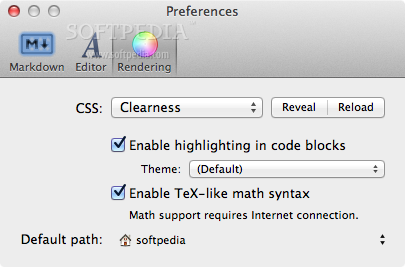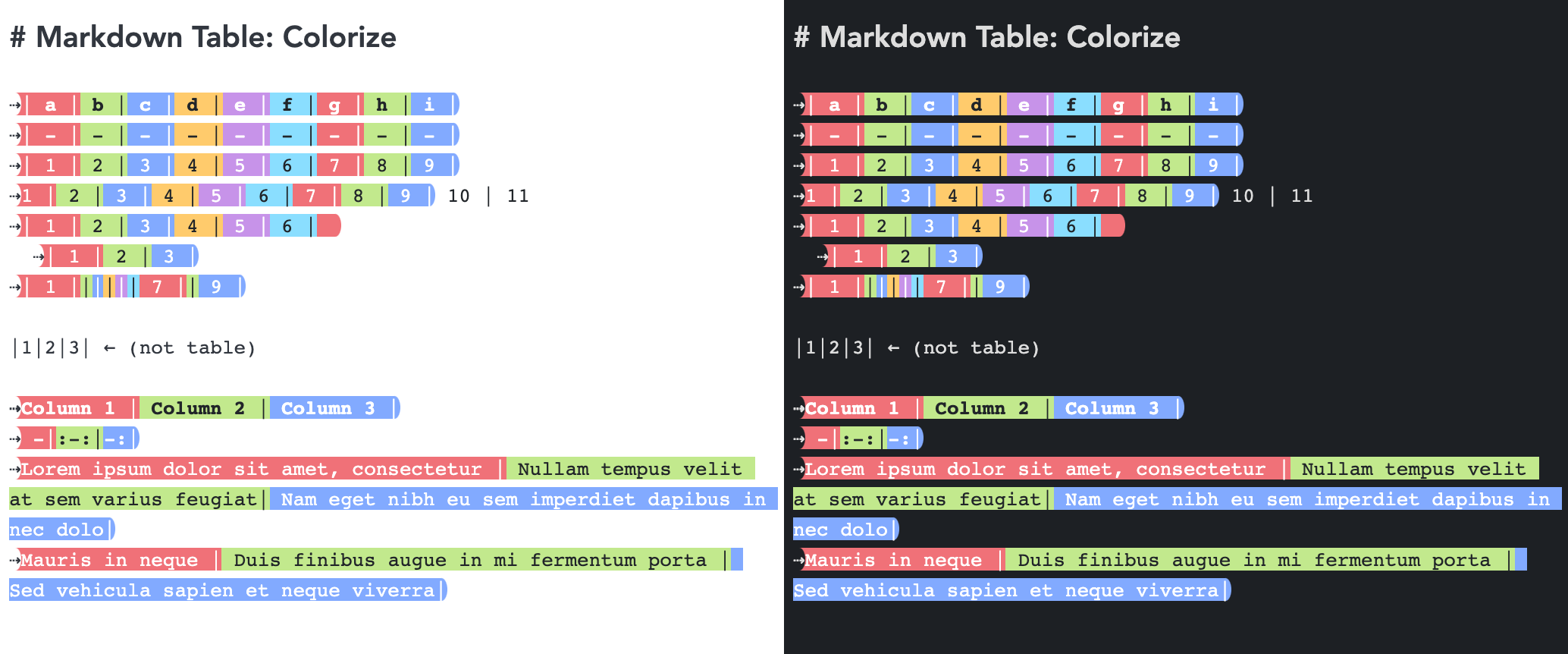

This will help you to identify the contents of each column later on. When you create a table, be sure to use descriptive headings for each column. Here are a few tips for creating tables that work well in Obsidian: Tips for Creating Tables that Work Well in Obsidian You can then use the template to create new tables. To do this, create a note with the Markdown table syntax and then save it as a template. You can also create advanced tables by using template tables.

These plugins will allow you to create tables with multiple columns and rows, as well as tables with embedded images, videos, and other media. There are a number of plugins that you can use to create advanced tables in Obsidian. This will create a table with two columns and two rows. To create a table using Markdown table syntax, simply type the following: | Column 1 | Column 2 | This syntax is similar to the table syntax that you would use in a word processor, such as Microsoft Word. The most basic way to create an advanced table is to use the Markdown table syntax. There are a few ways to create advanced tables in Obsidian: Using Markdown table syntax

Best Practices for Collaborating on Tables.Best Practices for Using Advanced Tables in Obsidian.Examples of Advanced Tables in Obsidian.Tips and Tricks for Using Advanced Tables in Obsidian.Tips for Creating Tables that Work Well in Obsidian.


 0 kommentar(er)
0 kommentar(er)
